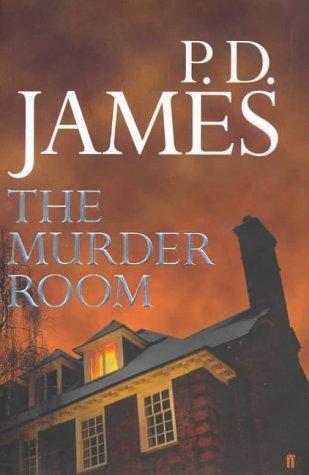P.D. James”The Murder Room’ suspense at its best
 Most writers of murder mysteries employ a cut-to-the-chase mentality when it comes to the meat and potatoes of their genre, the actual murder. Generally the bloodletting happens right away, and the rest of the book is spent on whodunit and why.
Most writers of murder mysteries employ a cut-to-the-chase mentality when it comes to the meat and potatoes of their genre, the actual murder. Generally the bloodletting happens right away, and the rest of the book is spent on whodunit and why.
Not so with P.D. James — at least not in her later works. One of the elements of James’ style that makes her books so enjoyable is her practice of carefully and extensively developing her characters before killing somebody off. The victim may or may not be one of the characters she’s so thoroughly sketched, but you can bet those characters will be among the suspects. And because we know the strengths and flaws of their personalities, the challenge of figuring out just where James is going is heightened to a very suspenseful degree.
And so it is with “The Murder Room.” I listened to this one as an audio book, and about the first half of it was devoted to a description of the fictional Dupayne Museum, the family that owns it, its employees and other associated characters (in every sense of the word) and James' hero police Commander Adam Dalgleish, who has a tenuous connection to the museum.
Actually, were it not for the title — and familiarity with James’ preferred genre — the reader wouldn’t necessarily even suspect that a murder or murders were about to take place. The Dupayne Museum is dedicated to the period of English history between the two world wars; the space referenced in the title — a well-known part of the museum, despite the disdain it evokes among serious scholars — is dedicated to the rather lurid murders of that period, nonfictional all. The room seems quite beside the point of the first crime. But is it? And how many will follow? Well, I wouldn’t want to spoil it for other readers.
In “The Murder Room,” James also devotes a fair amount of ink to Dalgleish’s personal life — his history and his current romantic entanglements. But she does so with her customary skill, so it all serves as further development of the policeman’s personality rather than as a maudlin aside.
Couple all of that with James’ ability to capture the vagaries of the English culture — both in various classes and across various eras — and “The Murder Room” simply kills.









